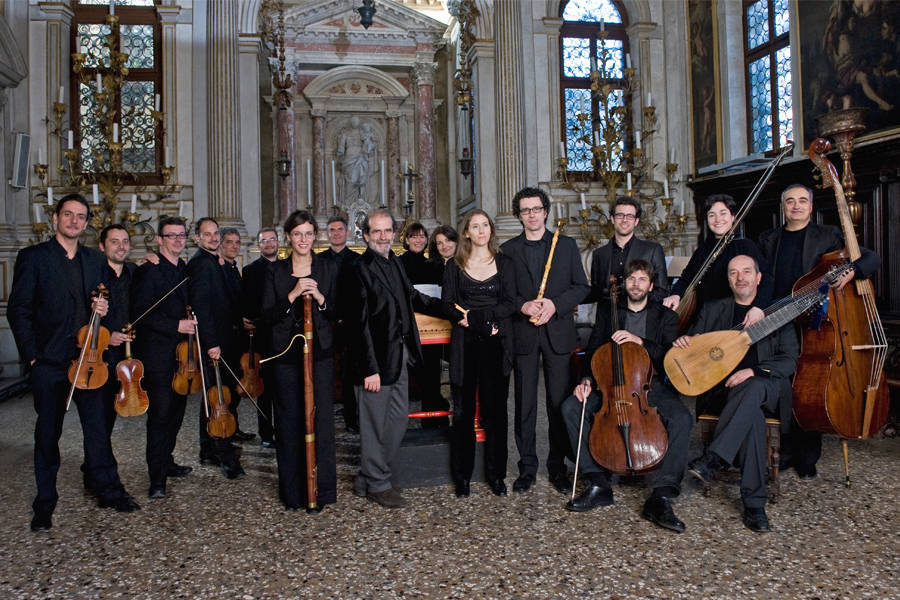La Serenissima: Music and Arts from the Venetian Republic
Venice is a sanctuary on a lagoon that harbors a wealth of artistic and architectural masterpieces. Characterized by marble palaces and labyrinthine streets, it feels like a gondola ride back in time. Despite minor decay and tourism, the city is virtually the same as it was hundreds of years ago, romantic charm and all. However, it’s hard to envision Venice, with its spectacular scenery, as a refuge from marauding barbarians. Nevertheless, dating back to the fifth century, waves of people fled to the marshlands from surrounding Roman cities to escape hostile invaders.
After experiencing a long history of war and conquest, Byzantine power waned and Venice’s autonomy grew, morphing into an independent city-state between the 9th and 12th centuries. Until Napoleon conquered in 1797, the city stood distinctly apart from Italy and the rest of Europe, achieving long-lasting cultural achievements and innovations.
During the presentation of La Serenissima at the Consulate General of Italy, the Ambassador of Italy to the United States Armando Varricchio described Venice as a “jewel.” He continued, “For 1,000 years it served as the cultural capital of the nation. Merchants were not just bringing their finest garments, textiles, and products, but they were trading culture and connections.”
Therefore, the reputation of the Venetian Republic—also known as La Serenissima, or “the Most Serene Republic”—came to be based on its rich cultural heritage, its status as an economic and trading power, and as a symbol of democracy and freedom.
In recognition of Venice’s accomplishments and its important role in the history of symphonic and operatic music, Carnegie Hall will lead a citywide festival, La Serenissima: Music and Arts from the Venetian Republic, as tribute.
“We choose topics that are utterly compelling and tell stories that are important to tell. That is why we chose Venice. Venice is one of those truly great stories of human creativity, human ingenuity, and human genius in every way,” Executive and Artistic Director of Carnegie Hall Clive Gillinson said.
Falling during the period of the famed Carnevale di Venezia, the prestigious venue will headline a series of concerts of vocal masterpieces and virtuoso instrumental music from the thousand-year marvel that was the Venetian Republic. Jordi Savall, one of early music’s leading legends, will launch the festival on February 3 with his three ensembles, featuring music from Istanbul, Cyprus, Crete, and, of course, Venice itself. Other highlights include, Vivaldi’s dramatic oratorio, Juditha triumphans with the Venice Baroque Orchestra, and Monteverdi’s monumental final opera, L’incoronazione di Poppea, performed by Concerto Italiano led by Rinaldo Alessandrini.
Thanks to fourteen of the leading cultural institutions across New York City, the celebration will span an assemblage of creative genres. The myriad of events, including panel discussions, theater performances, and art exhibitions, will all delve into the rich culture and the less familiar scandalous history of La Serenissima.
For a complete list of the events and ticket information, please visit carnegiehall.org/venice.







































i-Italy
Facebook
Google+
This work may not be reproduced, in whole or in part, without prior written permission.
Questo lavoro non può essere riprodotto, in tutto o in parte, senza permesso scritto.